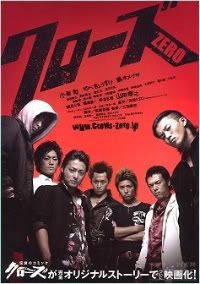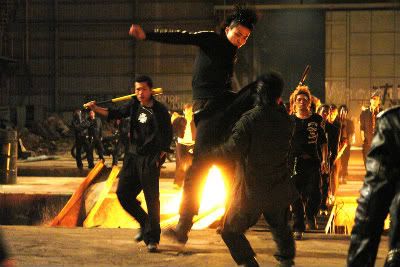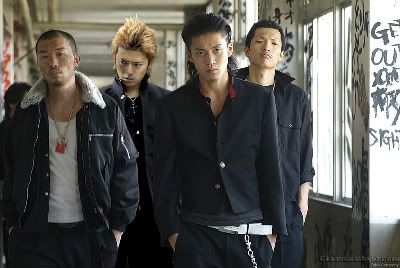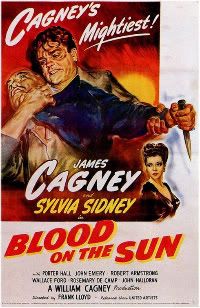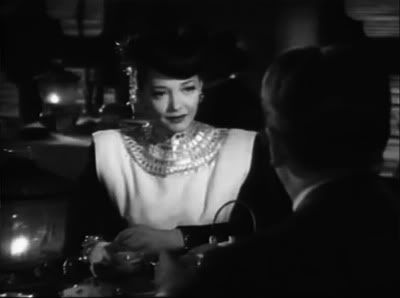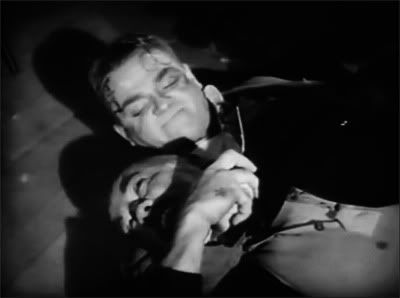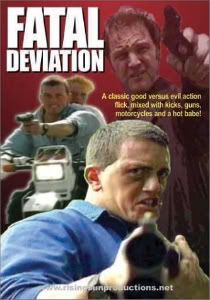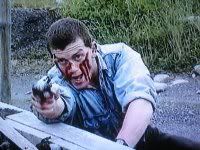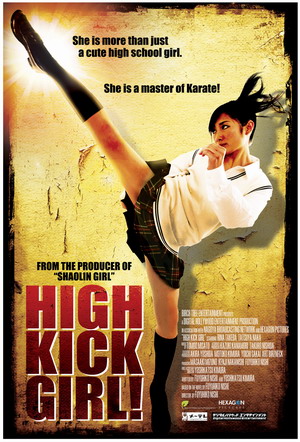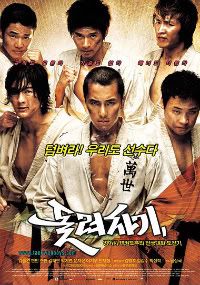
Dolryeochagi
“Spin Kick,” aka “Taekwon Boys”
Korea, 2004
Genre: High School, Sports
102 minutes
http://www.imdb.com/title/tt0406713/
After beating up their high school Taekwondo team, two young troublemakers are forced to join the team in order to make amends.
Spin Kick, for better or worse, plays like a very typical sports movie. From the rag-tag team of unlikely heroes, to the fallen coach, to the squeaky clean rival school champions, the only thing that sets the film apart from every other sports movie ever made is that it features Taekwondo. Starring Korean pop-idol Dong-wan Kim, Spin Kick is shallow and formulaic, but manages to entertain regardless.
The film is well-made, with high production quality probably supported by the South Korean government for the purposes of promoting Taekwondo in the media. The cinematography isn’t particularly inventive, or is the score very compelling. It is an average production, in every sense of the word. Dong-wan Kim gives a pretty good performance throughout, but most of his co-stars remain static and uninteresting. The exceptions that must be noted, however, are the Coach and best friend, both of whom deliver a strong range of emotion with very solid readings.
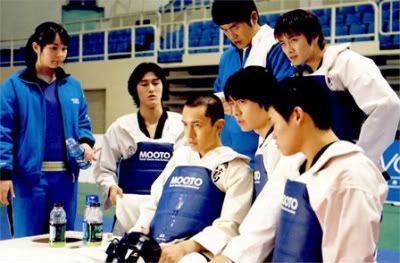
The story, as mentioned, is more or less a re-hash of every underdog sports narrative ever done. The high school’s long history of Taekwondo success has fallen flat, and somehow requires the combined talents of misfit punks, a failed coach, and spunky spirit to revitalize the program. They magically win the championship tournament against the better funded, better trained, and better organized favorites, proving once again that heart is an able substitute for a lifetime of training. I would apologize for spoiling the film, but it’s really a story we’ve all seen a hundred times before. The characters are introduced and fail because they don’t get along, then there’s a magic training montage, then tragedy strikes, then they overcome adversity and triumph. It’s a good formula, and has served movies well from the Mighty Ducks to Remember the Titans. As much as I want to dislike this film for having such a contrived and unoriginal plot, it’s hard to find faults beyond that. It’s funny and entertaining, and because I have a very cursory knowledge of Taekwondo as a sport, it’s hard to know how accurate their portrayal of it is. The fight scenes look authentic with the exception of some rather obvious wire-work, and wraps together as a pretty satisfactory package.
It’s not anything special, but it’s not a boring film. If you have any interest in Taekwondo or Dong-wan Kim, it’s worth checking out. It certainly won’t be winning any awards, but as far as a popcorn movies go, it does what it sets out to do.

